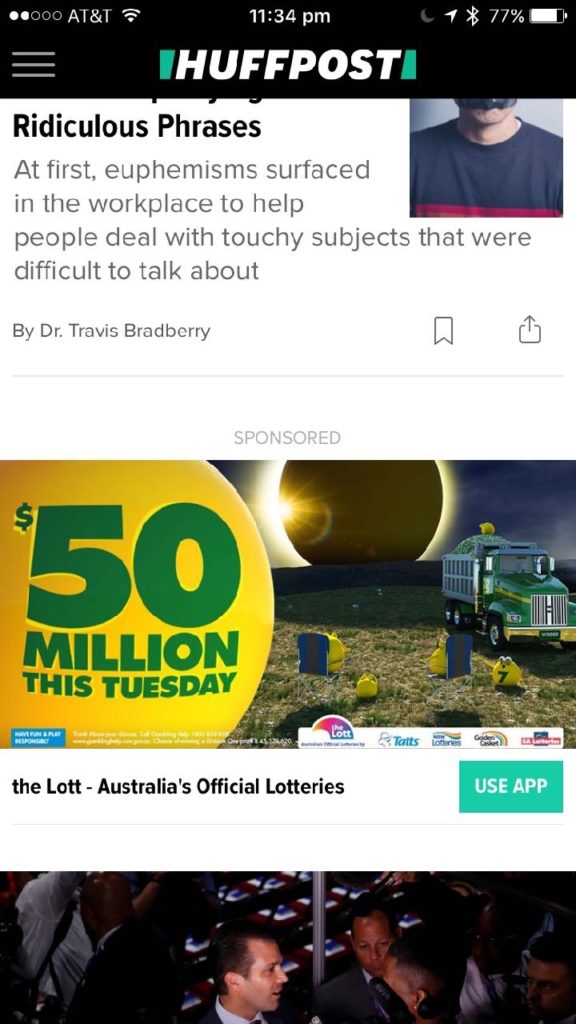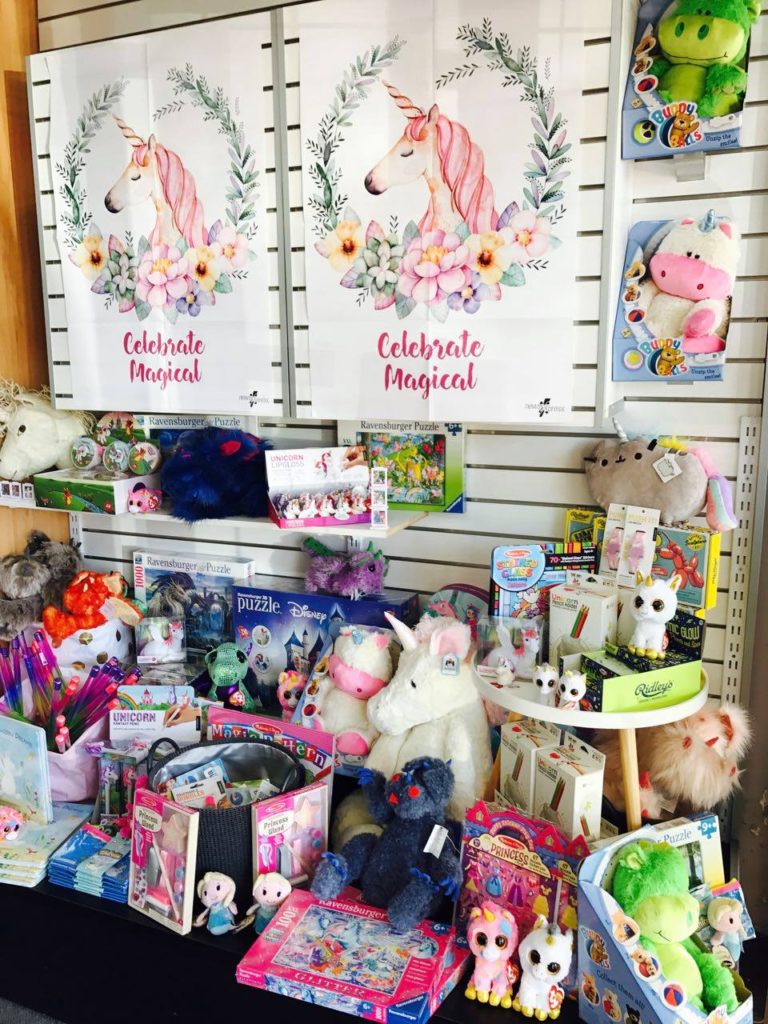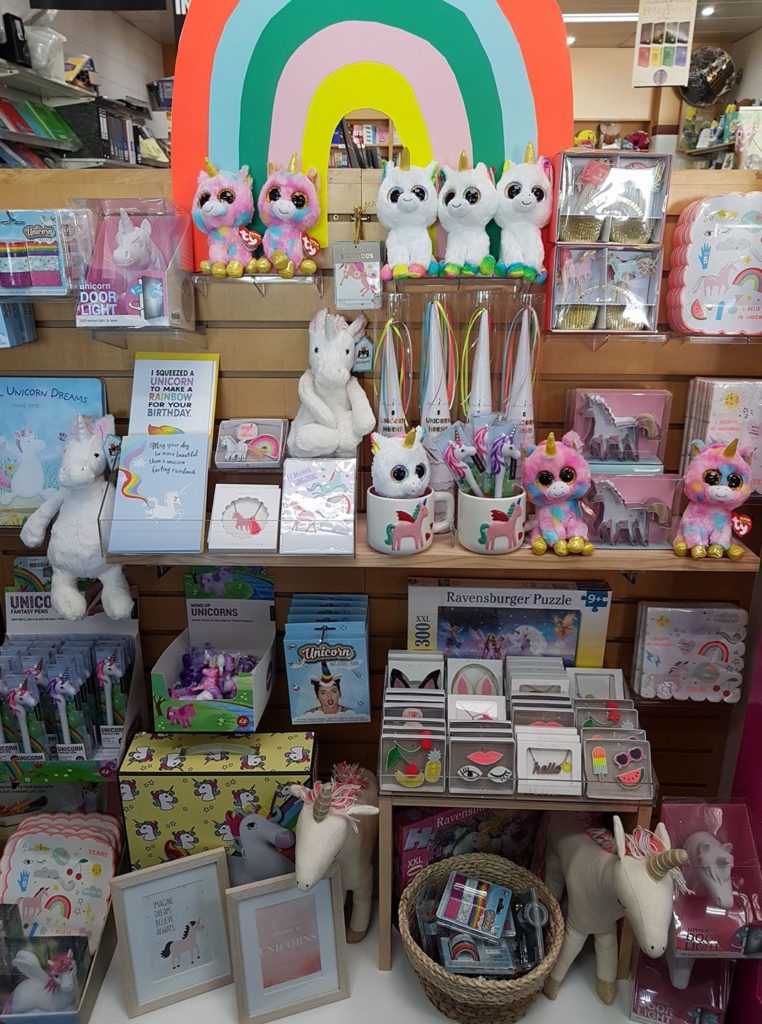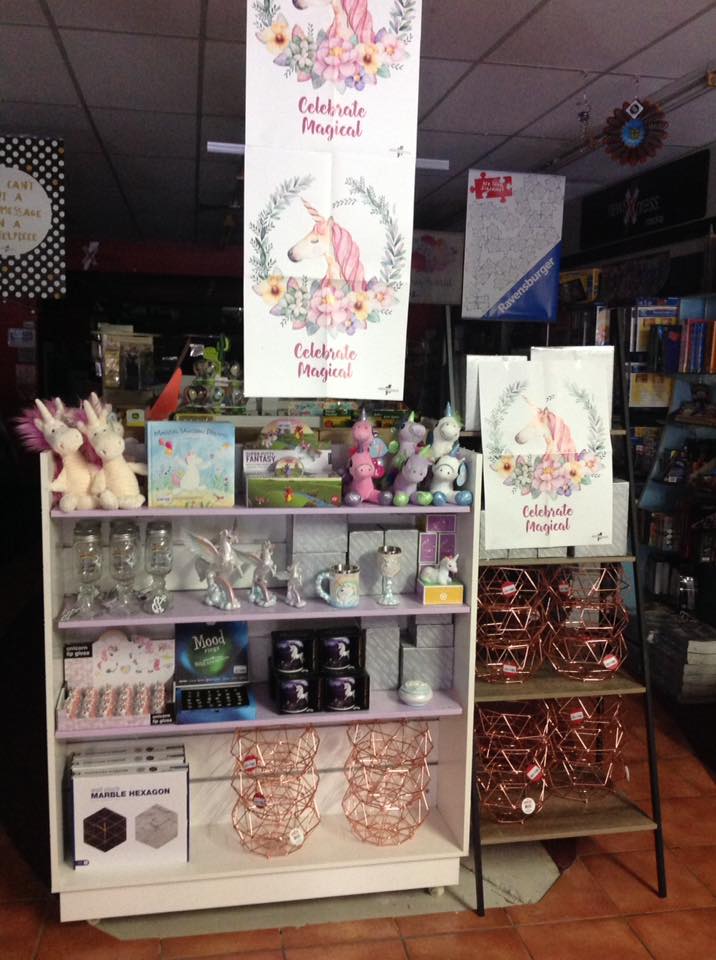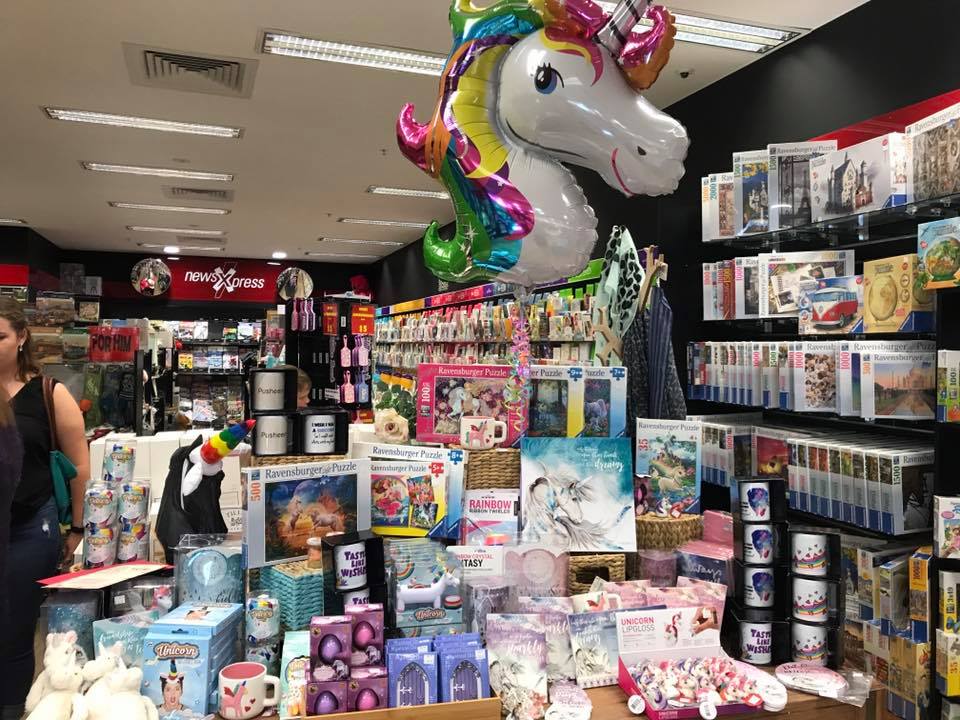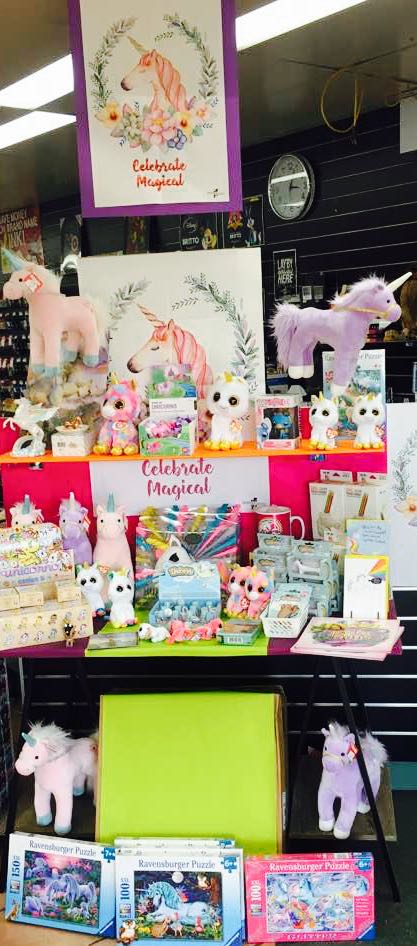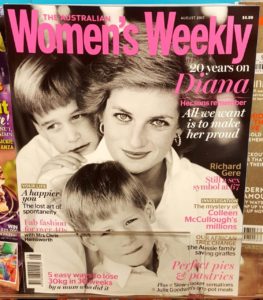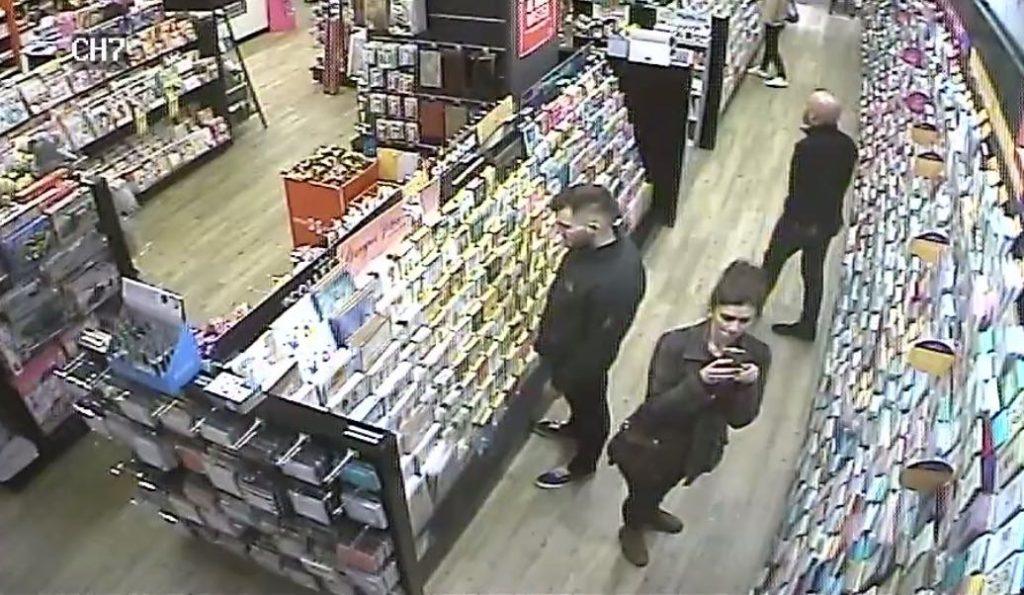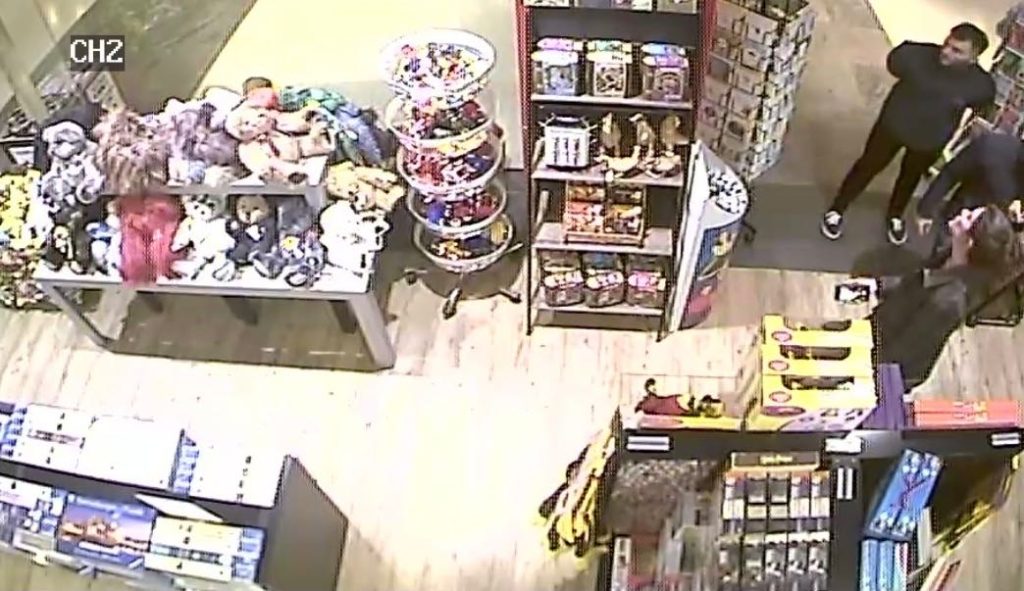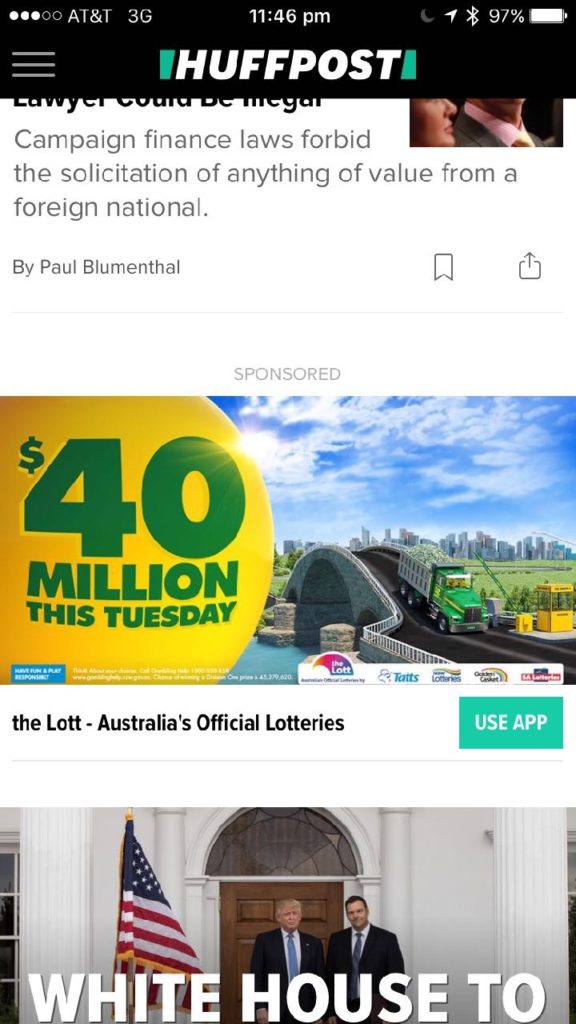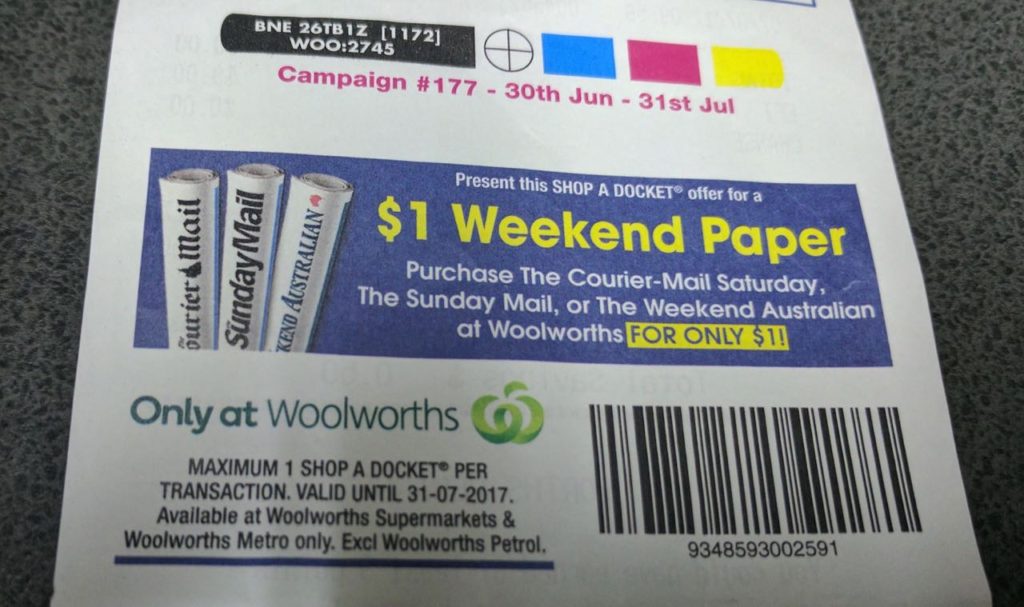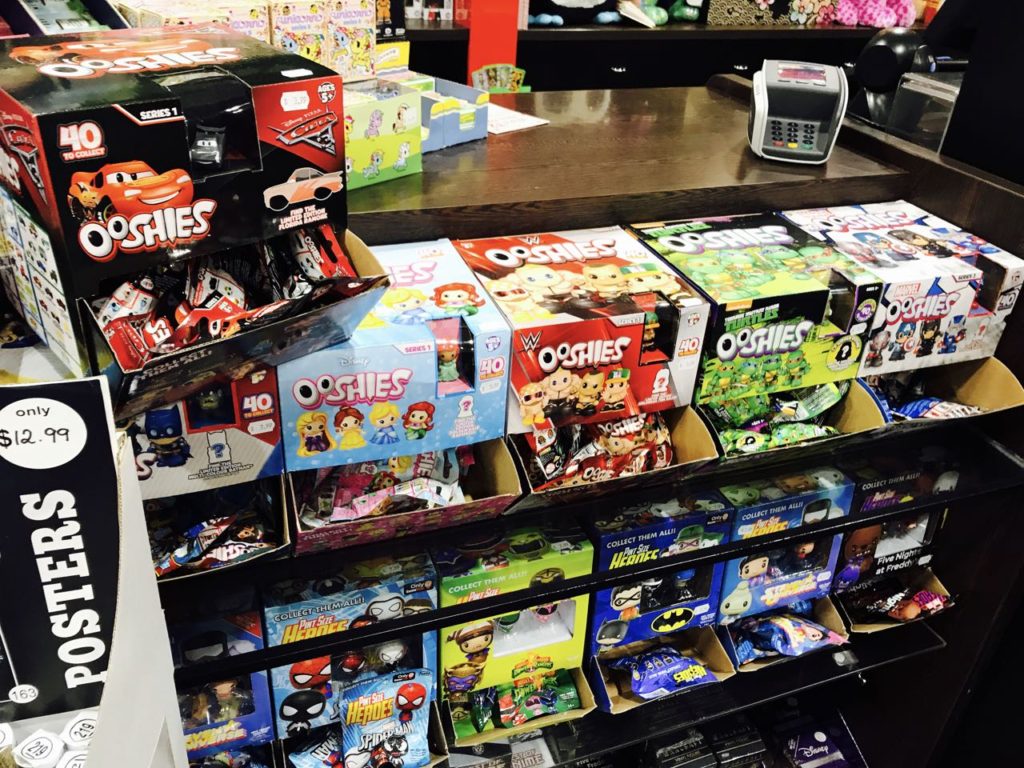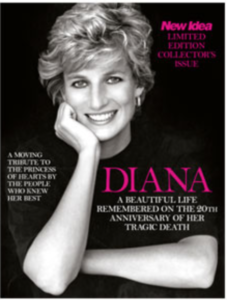New ‘rules’ for websites for small business retail
How people use websites for retail businesses has changed, not overnight, but gradually over time.
If you have a website created more than three years ago, which has not been structurally changed or updated since it is probably not helping your business.
Even if a website is there merely as an online business care, it needs to been certain criteria today to be found and of use to shoppers.
Here are some useful ‘rules’ I offer as guidance for any retailer with (or planning) a business website:
- Ensure the site is mobile phone friendly. If it is not, Google will downgrade its ranking of the site. Google announced red this more than a year ago. If you are not sure if your site is mobile friendly, access it from a phone and see if it is easily used without having to move the screen around. The site should automatically resize for the phone.
- Be clear about your online operation. Do not think you have to bring to online everything you do in your high street business. It could be your voice and persona online is completely different to in-store.
- Do not overload the site with stock. Include on the site products people will want to buy, products people will want to search for.
- Nail delivery. By this I mean make it certain for customers and easy for staff to run, for any staff member to run, to ensure deliveries are actioned asap.
- Make contact easy. the more human your site the more people you will attract.
- Pitch your brands. Your shoppers will be searching by brand more than they will search by the trading name of your business.
- Connect product pages to social media, make it easy for browsers to leverage your online content socially.
- Offer click and collect.
- Offer online LayBy.
- Ensure you take payment in a range of forms including PayPal.
- Promote the site in-store and on your social media pages.
- Get your pricing right. Online and in-store should match.
- Be prepared to completely replace the site in 18 months. That is the lifespan of a website as suggested by web experts and retailers who are successful in this space. While replace may be drastic, a complete visual and structural refresh may suffice.
These new ‘rules’ are a start. The represent the most significant changes from websites that small business retailers, including newsagents, were doing just a few years ago.
I think a website for a retail business is best approached as an opportunity for the business to sell to people the business would otherwise not reach. This thinking helps you focus on the site and its purpose as being different, broader than the website. It also helps you learn more about borderless retail.
How people shop, when and where they shop and why they shop has fundamentally changed in recent years. A good website can help any retail business, including there Aussie newsagency, to reach new customers and through this drive greater commercial efficiency from the physical retail business.
My thoughts here are another reason, of many reasons, why I am optimistic for businesses in the newsagency channel.
Footnote: I have written this post because I noticed some newsagents sill have the website created years ago trough GNS or NewWeb. Those sites from years ago serve no purpose today other than to remind people of yesteryear.

